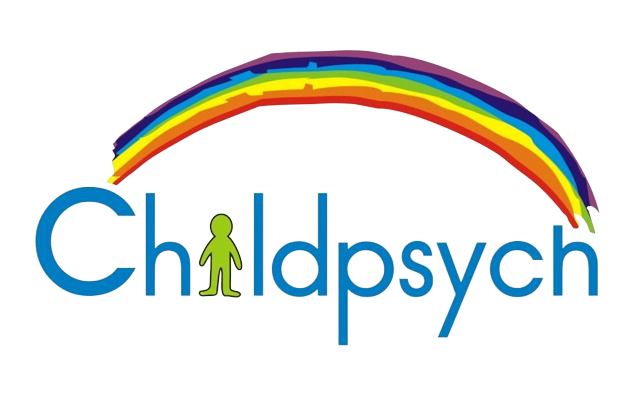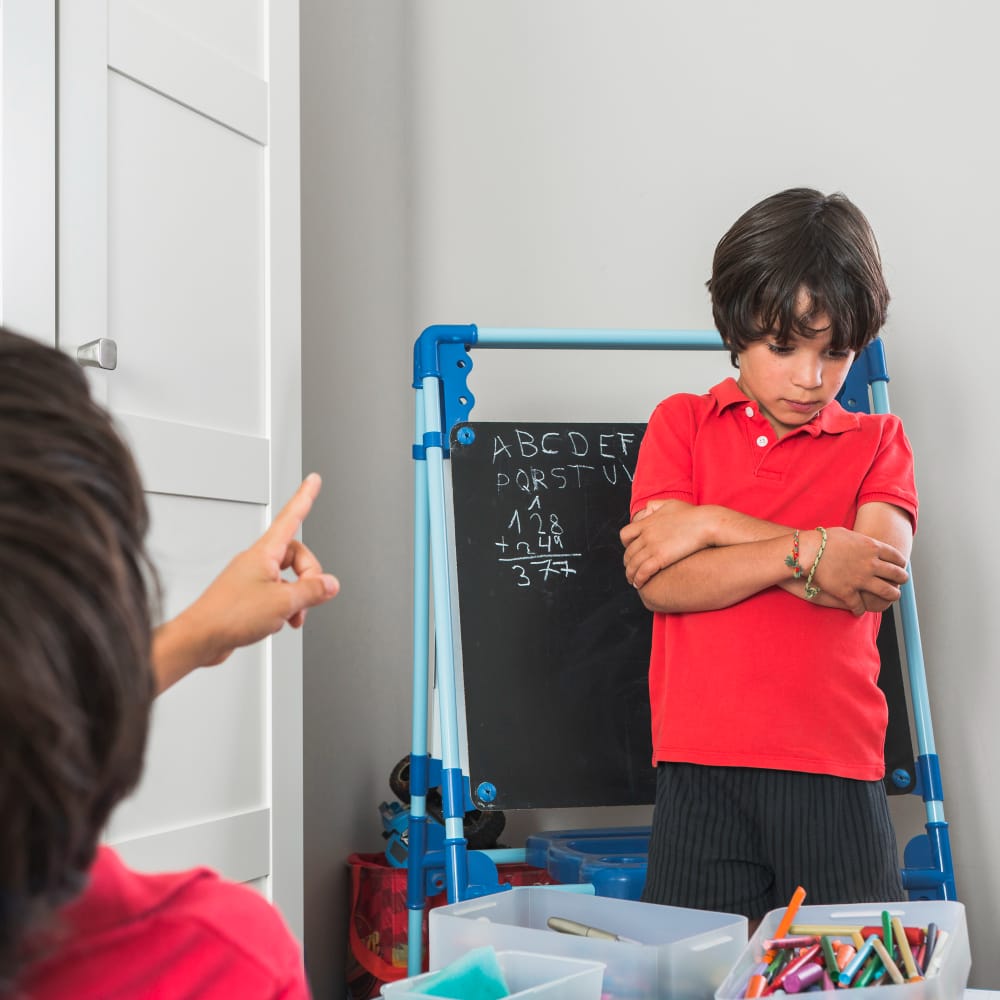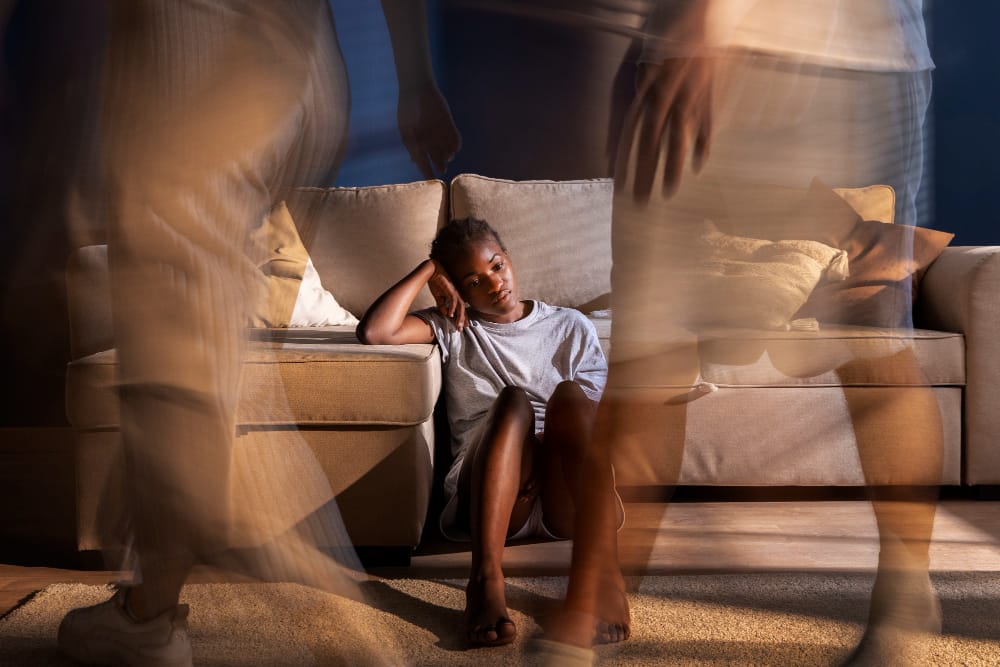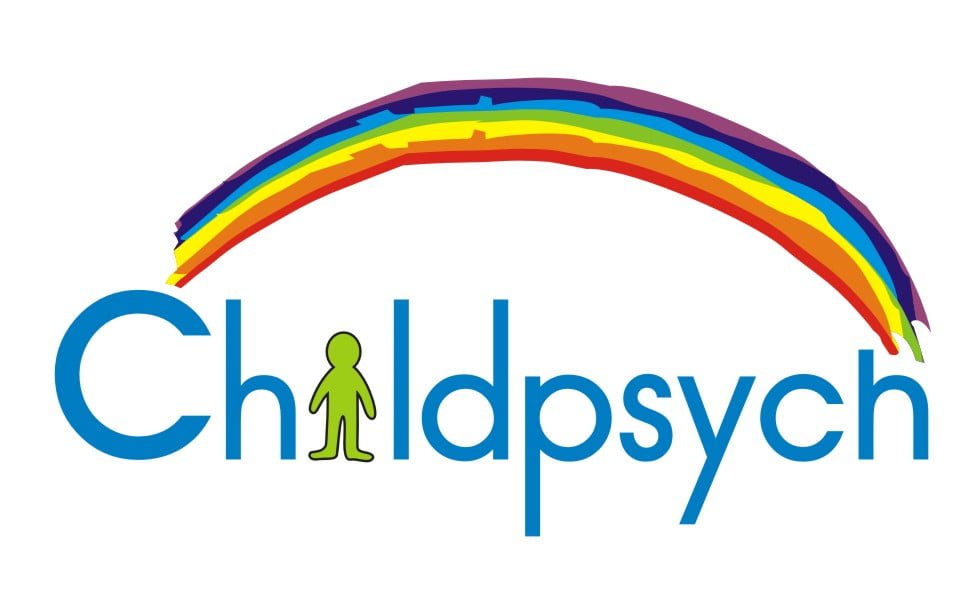Looking to buy an Educational toy but feeling a little overwhelmed by all the options? If in doubt – buy a puzzle.

Puzzles are absolutely great (not only because they allow tired parents a few precious moments of respite while they’re little ones are building them) but also because they help to enhance so many areas of development. Here are some of the things puzzles are good for:
* Vocabulary. Puzzles come in all shapes and sizes (and scene)s. They are bound to encourage conversation and to help your child increase their word knowledge.
* Categorisation. Puzzles with specific themes help children understand that several objects may belong to one category.
* Visual analysis and synthesis. This is particularly important for developing reading later on. By fitting the pieces together children are learning how to synthesise different pieces into a whole and then to analyse the pieces that make up that whole. In the same way they learn later that we make words by putting letters together (visual synthesis) and we can learn to spell a word by breaking it up into it’s constituent letters (visual analysis).
* Spatial relationships. A teacher friend always jokes that her students will never learn to parallel park as teens if they don’t first learn to master puzzles. We get a better idea of basic spatial relationships such as above, next to, behind, below by building puzzles.
* Patience and persistence. In our fast paced world I find it increasingly difficult to find activities that don’t deliver instant gratification. Puzzle building is one of the few rare activities that still requires prolonged (independent) concentration and persistence.
* Feedback. This is a vital skill that so many of my young clients with learning difficulties lack. Many children respond instantly (and often rather impulsively) to instructions but never pause to check whether they are on the right track. By constantly having to look back at the puzzle picture to determine what the next piece should look like children learn to close that feedback loop.
* Problem solving skills. When building a puzzle there is one single goal to achieve – completion of the puzzle. But many different ways to get there. I know that many parents teach their children a “puzzle building method” (start by turning all the pieces over then find the ones with a flat side and complete the border before working your way in). But leaving children to figure out how to approach the puzzle on their own encourages independent thinking and problem solving skills.
* Fine motor control. All that picking, pinching, grasping, manipulating and fitting is an excellent way to strengthen the small muscles in the fingers, hands and wrists. (More ideas for improving fine motor control can be found here)
* Hand eye-coordination. From the first few trial and error attempts at fitting a large piece into a wooden knob-puzzle to expertly fitting together the tiny pieces of a 100 piece puzzle – puzzle building is a great way to improve hand eye coordination.
Related article: Help: My child doesn’t like building puzzles.



